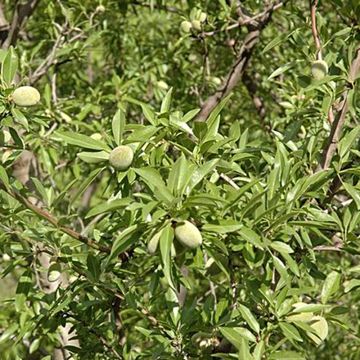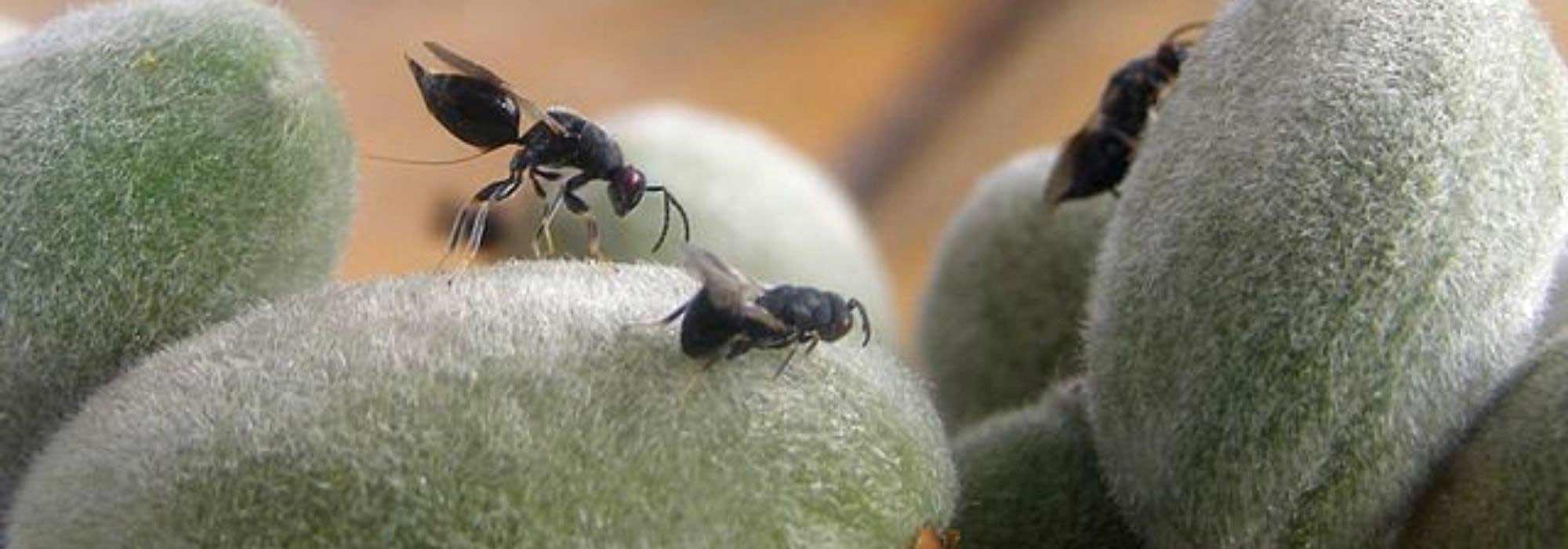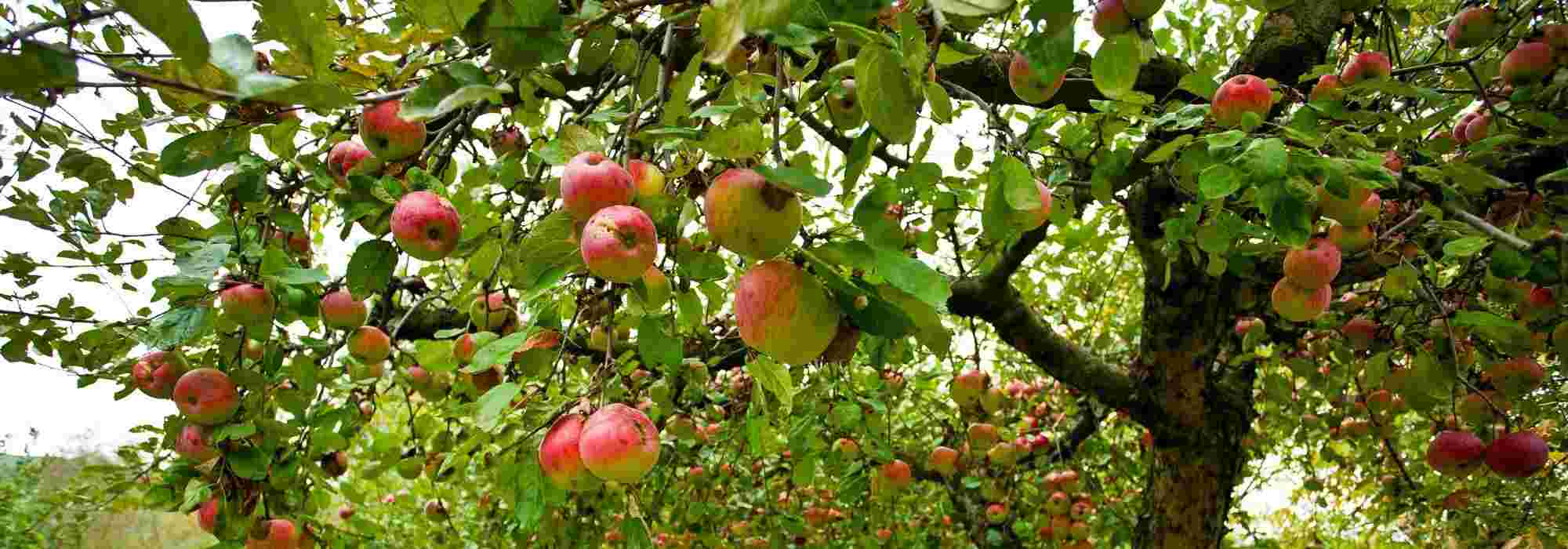

Common Almond Tree - Prunus dulcis


Common Almond Tree - Prunus dulcis


Common Almond Tree - Prunus dulcis


Common Almond Tree - Prunus dulcis
Common Almond Tree - Prunus dulcis
Prunus dulcis
Almond
Special offer!
Receive a €20 voucher for any order over €90 (excluding delivery costs, credit notes, and plastic-free options)!
1- Add your favorite plants to your cart.
2- Once you have reached €90, confirm your order (you can even choose the delivery date!).
3- As soon as your order is shipped, you will receive an email containing your voucher code, valid for 3 months (90 days).
Your voucher is unique and can only be used once, for any order with a minimum value of €20, excluding delivery costs.
Can be combined with other current offers, non-divisible and non-refundable.
Home or relay delivery (depending on size and destination)
Schedule delivery date,
and select date in basket
This plant carries a 6 months recovery warranty
More information
We guarantee the quality of our plants for a full growing cycle, and will replace at our expense any plant that fails to recover under normal climatic and planting conditions.
Description
The Common Almond Tree or Prunus dulcis is the cultivated almond tree that distinguishes itself from wild varieties with bitter almonds ('dulcis' means sweet in Latin). It is a small tree well adapted to the Mediterranean climate. While it can withstand the cold in more northern regions, its early flowering is often destroyed by frost, greatly limiting its interest in planting there! Growing in neutral to calcareous, rocky, and dry soils, it is a fairly easy fruit tree to cultivate in its preferred climate and requires little maintenance.
The cultivated almond tree (Prunus dulcis) belongs to the Rosaceae family, just like cherry trees or plum trees. It originates from the Caucasian almond tree, known as Prunus fenzliana, a shrub native to Armenia, Turkey, and Iran. It has been cultivated for a very long time in the Mediterranean region and for several decades in many arid regions. To obtain fruits, it is imperative that the flowering does not freeze, which confines almond tree cultivation to climatic zones governed by a Mediterranean-type climate with short winters: southern China, southwestern North America (California), South America (central Chile), South Africa, Australia, and obviously the Mediterranean region. In France, it mainly thrives in the historical Olive zone.
The almond tree forms a small tree about 8m (26ft) high and as wide, but can reach a height of 10 to 12m (33 to 39ft). In its native range, it lives for about a hundred years, enchanting the landscapes with its early flowering in white-pink or light pink in February-March. Each flower has 5 petals and measures about 3 to 5cm (1 to 2in) in diameter. This flowering produces excellent quality nectar, highly sought after by bees at this time of year. It is followed by the formation of oblong fruits covered with a velvety skin of a soft green color, measuring up to 4cm (2in) long. By the end of summer, the skin dries out and cracks, revealing the hard shell that protects the edible almond. The harvest of sweet almonds is done in June for fresh almonds and in September for dried almonds. In plant anatomy, the term "almond" refers to the interior of the seed. The fruits of Prunus dulcis are called almonds because only this part is consumed. The pulp that surrounds the stone is not edible.
The almond tree is a valuable fruit tree for rocky and dry areas with limestone soil, where it manages to grow and bear fruit. However, it does not disdain a minimum of watering in summer (professional plantations are irrigated with drip irrigation to secure and regulate production). The important thing is to provide it with well-draining growing conditions, as it does not tolerate excess water at the root level. Under these conditions, it proves to be quite resistant and requires very little maintenance, mainly consisting of light winter pruning to remove dead wood or balance its habit.
The almond tree will be perfectly at home in a Mediterranean orchard or a natural garden that favours species of wild origin or appearance, such as the Strawberry Tree with its almost permanent display of small white bell-shaped flowers and bright orange to red fruits. Rockroses will also be good companion plants in a natural setting to constitute a low vegetation layer, with their pretty single flowers in various colors depending on the variety, as well as their green or grey foliage, or even velvety. To delight all the senses, aromatic plants like Lavenders and Rosemary will complete the scene, capable of aesthetically rivaling horticultural plants' sophistication while providing a guarantee of robustness.
Common Almond Tree - Prunus dulcis in pictures








Plant habit
Fruit
Flowering
Foliage
Botanical data
Prunus
dulcis
Rosaceae
Almond
Mediterranean
Other Almond trees
View all →Planting and care
Plant your Almond tree preferably in autumn, if it is a replacement, avoid planting it in the same spot as a previous Almond tree. The almond tree requires well-drained soil, even stony soil, and it appreciates limestone soils. Its resistance to summer drought is excellent. On the other hand, clay soils that retain moisture are very harmful to it, as they can lead to the development of a fungus at the root level and the rapid death of the tree.
Pruning is limited to a light thinning in winter to promote the formation of young shoots in spring. Remove dead wood and crossing branches. You can potentially, in the first 3 or 4 years, be more severe and prioritize the formation of 4 or 5 main branches, resulting in a goblet shape, traditional in fruit tree cultivation. You can harvest your fresh or dried almonds, depending on your taste.
Planting period
Intended location
Care
Planting & care advice
This item has not been reviewed yet - be the first to leave a review about it.
Haven't found what you were looking for?
Hardiness is the lowest winter temperature a plant can endure without suffering serious damage or even dying. However, hardiness is affected by location (a sheltered area, such as a patio), protection (winter cover) and soil type (hardiness is improved by well-drained soil).

Photo Sharing Terms & Conditions
In order to encourage gardeners to interact and share their experiences, Promesse de fleurs offers various media enabling content to be uploaded onto its Site - in particular via the ‘Photo sharing’ module.
The User agrees to refrain from:
- Posting any content that is illegal, prejudicial, insulting, racist, inciteful to hatred, revisionist, contrary to public decency, that infringes on privacy or on the privacy rights of third parties, in particular the publicity rights of persons and goods, intellectual property rights, or the right to privacy.
- Submitting content on behalf of a third party;
- Impersonate the identity of a third party and/or publish any personal information about a third party;
In general, the User undertakes to refrain from any unethical behaviour.
All Content (in particular text, comments, files, images, photos, videos, creative works, etc.), which may be subject to property or intellectual property rights, image or other private rights, shall remain the property of the User, subject to the limited rights granted by the terms of the licence granted by Promesse de fleurs as stated below. Users are at liberty to publish or not to publish such Content on the Site, notably via the ‘Photo Sharing’ facility, and accept that this Content shall be made public and freely accessible, notably on the Internet.
Users further acknowledge, undertake to have ,and guarantee that they hold all necessary rights and permissions to publish such material on the Site, in particular with regard to the legislation in force pertaining to any privacy, property, intellectual property, image, or contractual rights, or rights of any other nature. By publishing such Content on the Site, Users acknowledge accepting full liability as publishers of the Content within the meaning of the law, and grant Promesse de fleurs, free of charge, an inclusive, worldwide licence for the said Content for the entire duration of its publication, including all reproduction, representation, up/downloading, displaying, performing, transmission, and storage rights.
Users also grant permission for their name to be linked to the Content and accept that this link may not always be made available.
By engaging in posting material, Users consent to their Content becoming automatically accessible on the Internet, in particular on other sites and/or blogs and/or web pages of the Promesse de fleurs site, including in particular social pages and the Promesse de fleurs catalogue.
Users may secure the removal of entrusted content free of charge by issuing a simple request via our contact form.
The flowering period indicated on our website applies to countries and regions located in USDA zone 8 (France, the United Kingdom, Ireland, the Netherlands, etc.)
It will vary according to where you live:
- In zones 9 to 10 (Italy, Spain, Greece, etc.), flowering will occur about 2 to 4 weeks earlier.
- In zones 6 to 7 (Germany, Poland, Slovenia, and lower mountainous regions), flowering will be delayed by 2 to 3 weeks.
- In zone 5 (Central Europe, Scandinavia), blooming will be delayed by 3 to 5 weeks.
In temperate climates, pruning of spring-flowering shrubs (forsythia, spireas, etc.) should be done just after flowering.
Pruning of summer-flowering shrubs (Indian Lilac, Perovskia, etc.) can be done in winter or spring.
In cold regions as well as with frost-sensitive plants, avoid pruning too early when severe frosts may still occur.
The planting period indicated on our website applies to countries and regions located in USDA zone 8 (France, United Kingdom, Ireland, Netherlands).
It will vary according to where you live:
- In Mediterranean zones (Marseille, Madrid, Milan, etc.), autumn and winter are the best planting periods.
- In continental zones (Strasbourg, Munich, Vienna, etc.), delay planting by 2 to 3 weeks in spring and bring it forward by 2 to 4 weeks in autumn.
- In mountainous regions (the Alps, Pyrenees, Carpathians, etc.), it is best to plant in late spring (May-June) or late summer (August-September).
The harvesting period indicated on our website applies to countries and regions in USDA zone 8 (France, England, Ireland, the Netherlands).
In colder areas (Scandinavia, Poland, Austria...) fruit and vegetable harvests are likely to be delayed by 3-4 weeks.
In warmer areas (Italy, Spain, Greece, etc.), harvesting will probably take place earlier, depending on weather conditions.
The sowing periods indicated on our website apply to countries and regions within USDA Zone 8 (France, UK, Ireland, Netherlands).
In colder areas (Scandinavia, Poland, Austria...), delay any outdoor sowing by 3-4 weeks, or sow under glass.
In warmer climes (Italy, Spain, Greece, etc.), bring outdoor sowing forward by a few weeks.













































